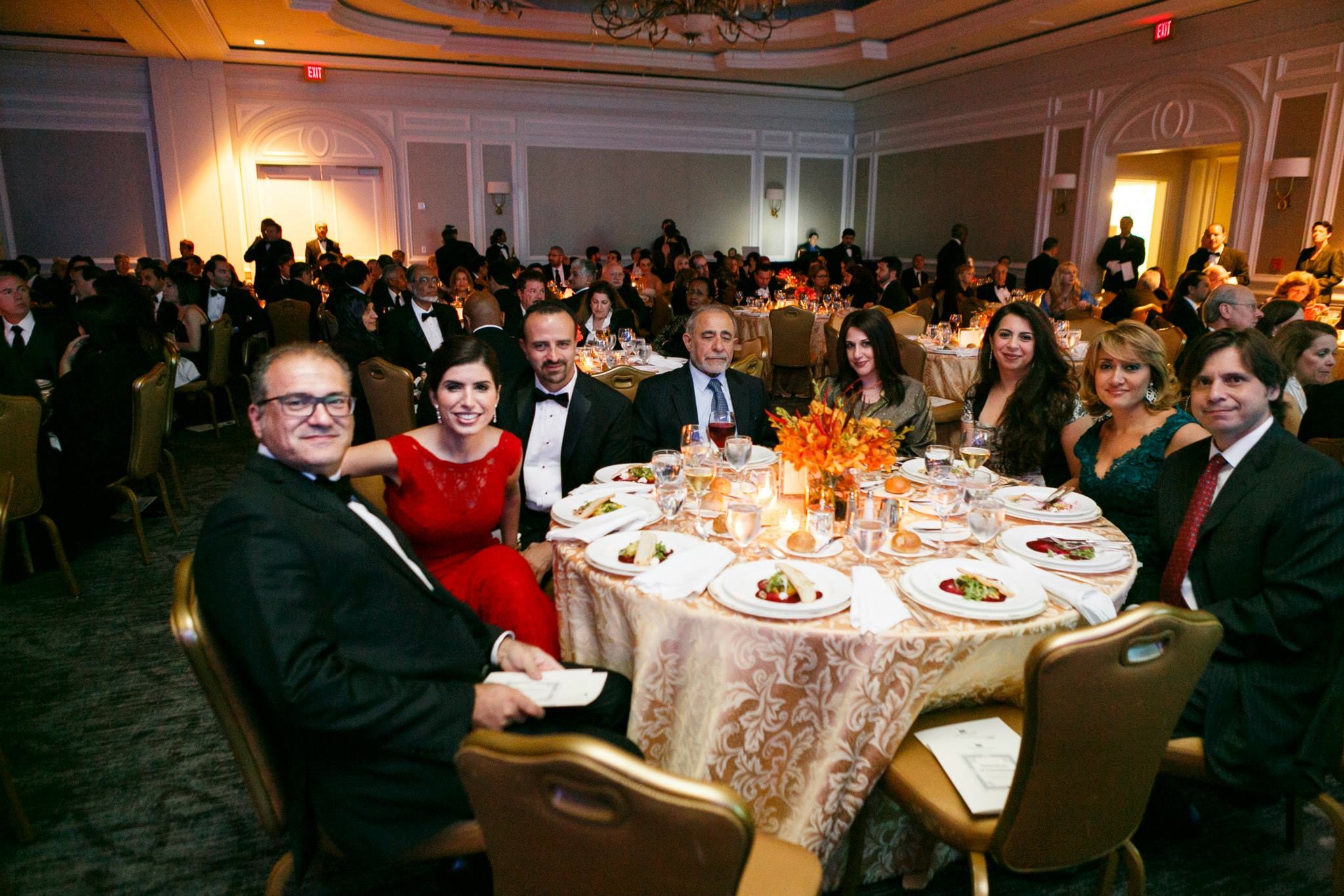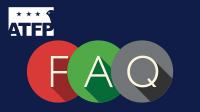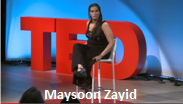A review of the education system indicated that Palestinian education has made
significant achievements in terms of access since the establishment of MoEHE in late 1994.
Net Enrollment rates in first grade and in basic education at large are high and the ratio of
female pupils to male pupils in basic education is satisfactory. Palestine is on the right track
towards realizing the EFA quantitative goals regarding basic education. However, EFA goals
related to pre-school enrollment rate, quality of education at all levels, and the status of
non-formal education need further significant attention, efforts and resources.
Net enrollment rate in secondary education can still be improved, and the quality of
secondary education in terms of teaching-learning processes, educational resources utilized,
and student services provided and student activities organized is in need of significant
improvement. In this context, the Palestinian curriculum ? which is considered a proud
achievement of MoEHE during the past period ? needs to be reviewed and a number of
textbooks need to be improved.
The percentage of students in the secondary cycle following vocational education is
noticeably low (5.06%)1, as is the percentage of students in TVET at post-secondary level.
Female participation at secondary level in TVET is (33.5%)2 (MOEHE, 2008) which is not
satisfactory compared to other countries in the region. It is to be noted that most of the girls
in this sector enroll in commercial courses3 whose nature is more academic than vocational
and whose graduates take up post-secondary education rather than joining occupation
jobs in the labor market similar to the other vocational sub-streams and occupations.
At post-secondary level, the percentage of females’ enrollment in higher education
institutions is (53.8%)4, whereas the enrollment rate at the technical institutions (Technical
Education, TE) is (42.13%). Despite the fact that the general percentage has increased, higher
rates of female enrollment are desired.
Enrollment in higher education institutions, particularly universities, for both females and
males, in comparison to that in Arab States and in developing countries at large, is high
(25% of the relevant age group, 18-24 years)5 . This fact, coupled with insufficient financial
resources is impacting negatively on the quality of education.
To download the full report please click below:
| Attachment | Size |
|---|---|
| 5yp2.pdf | 3.62 MB |
PNA Official Document - December 31, 2008 - Back to Resources Page
Did we miss something?
Click here to suggest a state building resource to be added to our fast-growing archive!
















